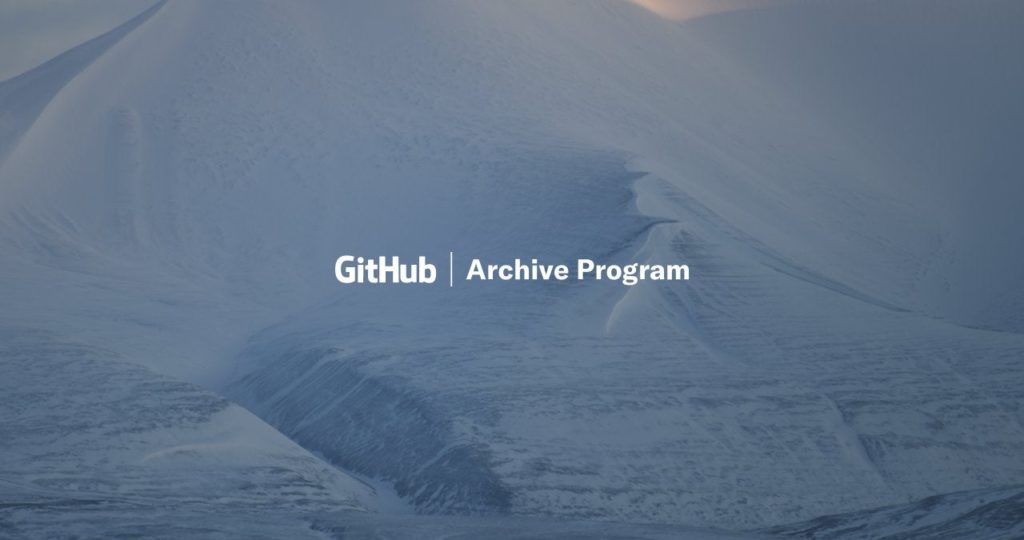
But it is here, 250 meters deep in an abandoned coal mine, that GitHub has chosen to store reams of open-source code. Among these is Bitcoin Core, by far the most popular code implementation of the underlying bitcoin infrastructure and one of the most used repositories on GitHub.
Stay in history
As part of an archiving program to safeguard an important piece of technological history, a snapshot of all this code will be copied onto film reels and stored in a steel container, all in an attempt to keep the data alive and unscathed for 1.000 years.
The team is currently preparing this data. The official ice deposit is scheduled for late April, a GitHub spokesman said. But, in addition to the Bitcoin Core that is in the foreground, most of the cryptocurrency projects stored on GitHub will also be included, including the bitcoin Lightning Network and the code behind other cryptocurrencies listed, such as Ethereum and Dogecoin.
The archive potentially offers a way to make people understand, in 1.000 years, what the cryptocurrency on earth was or how it evolved, if it will last a millennium. "In a sense, this is a fascinating section of financial history that we should keep for future studies," said Bryan Bishop, Chief Technology Officer and collaborator of Bitcoin Core.
The limits of history
But there are limits to what storing this information will allow. Bitcoin Core chief officer Wladimir van der Laan pointed out that, from the perspective of a software engineer, the code may not make much sense to programmers in hundreds of years.
Jason Teutsch, the founder of the Ethereum Truebit infrastructure project and IT researcher, argued in the same way: the explanations of the code should be accompanied by the raw material.
"The social, economic, regulatory and academic records that describe the motivations and resources for developing the code can ultimately become more important than the code itself," he said. As a developer hosting a wiki for futuristic tech ideas, Bishop of Avanti is looking to retain information for an even further future.
In fact, Bishop is thinking of a patent for storing information within DNA. He noted that the genetic instructions that guide an organism's growth can retain information for hundreds of thousands of years.
And while this project could help preserve some history, Bishop claims there are many other important pieces of information out there that should be archived in a similar way. "Besides GitHub, I think they should seriously consider storing Sci-Hub, which has over 70 million scientific articles," said Bishop. "It is one of the great endeavors of intellect and human progress and must be preserved."
